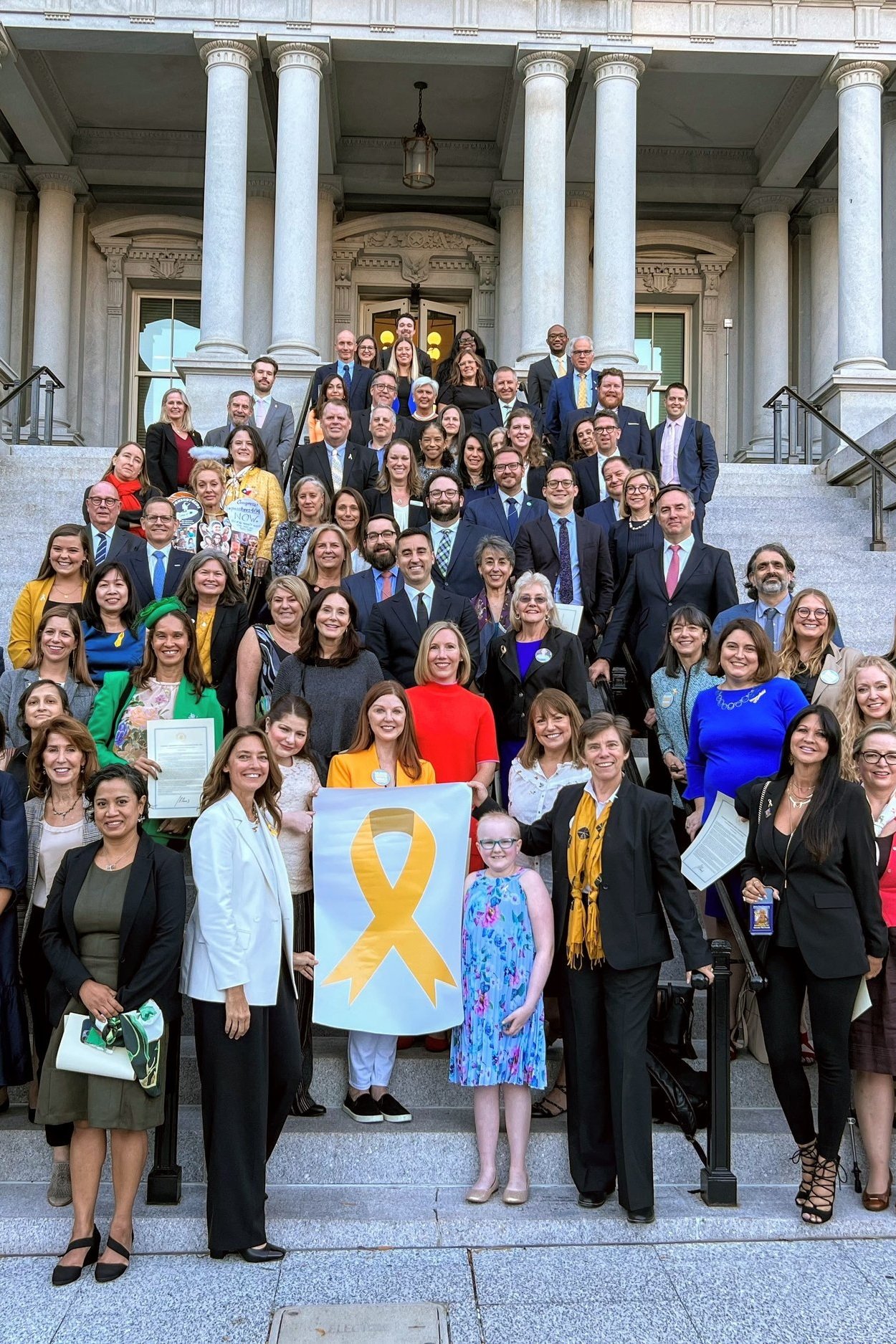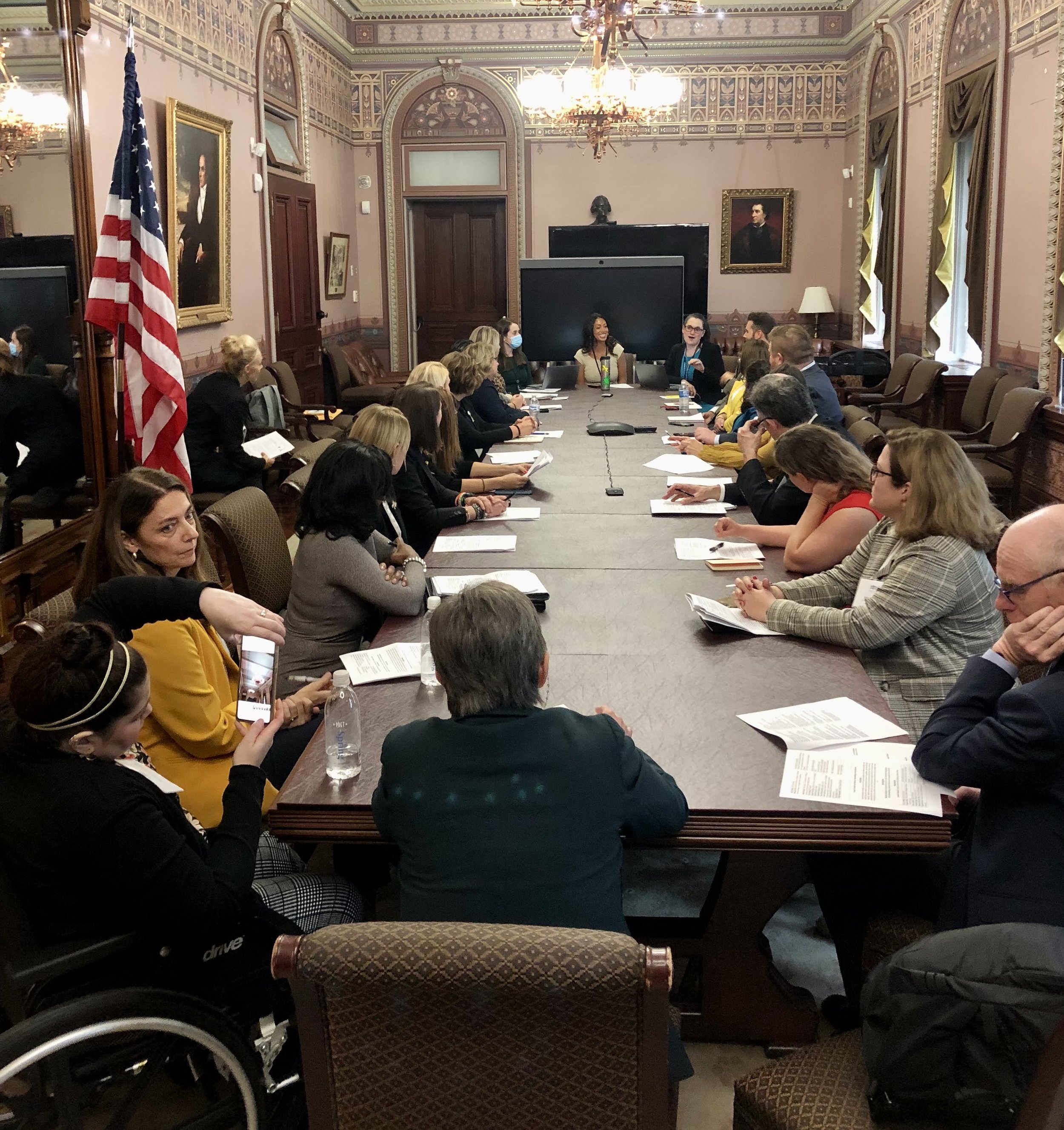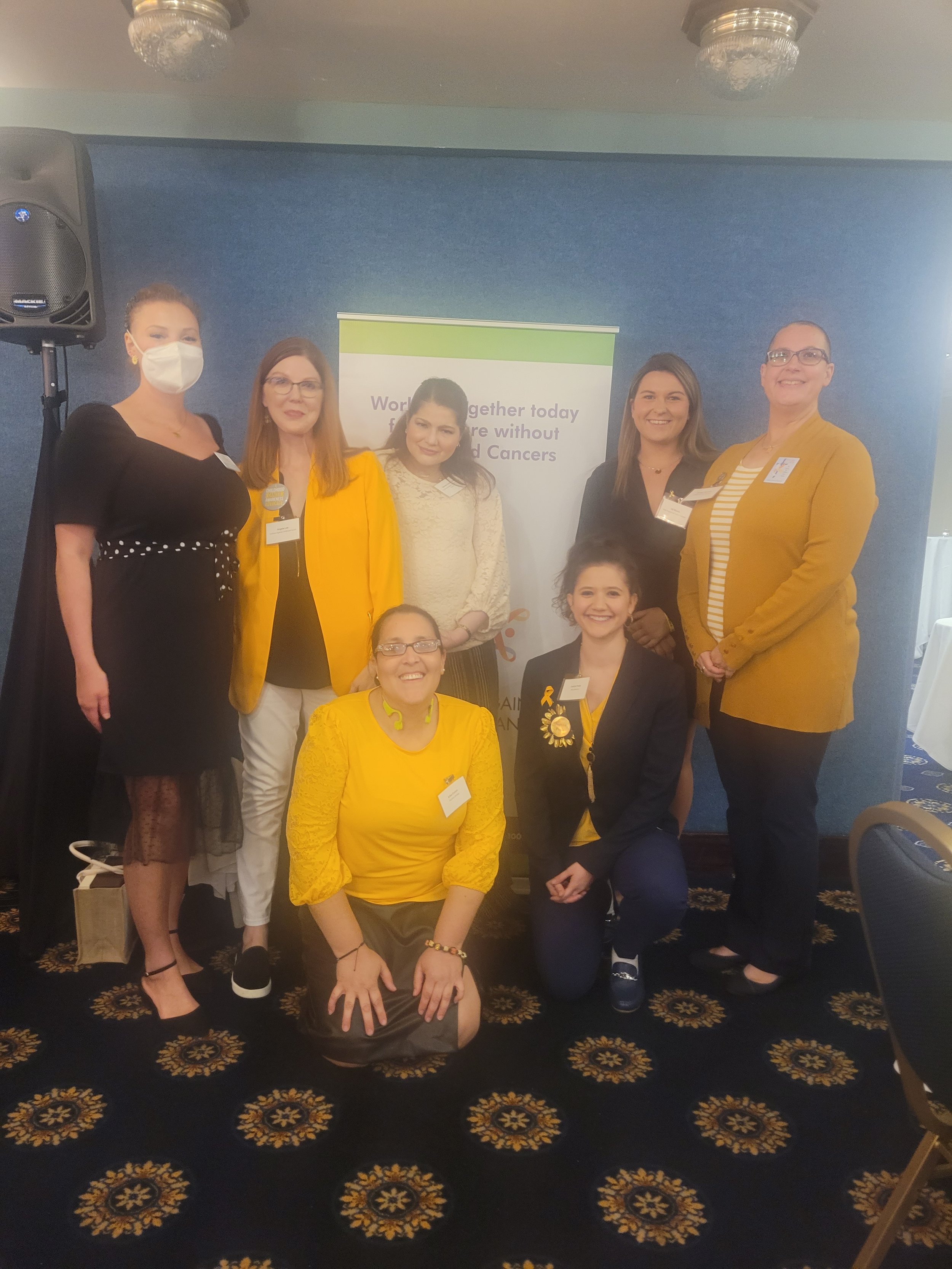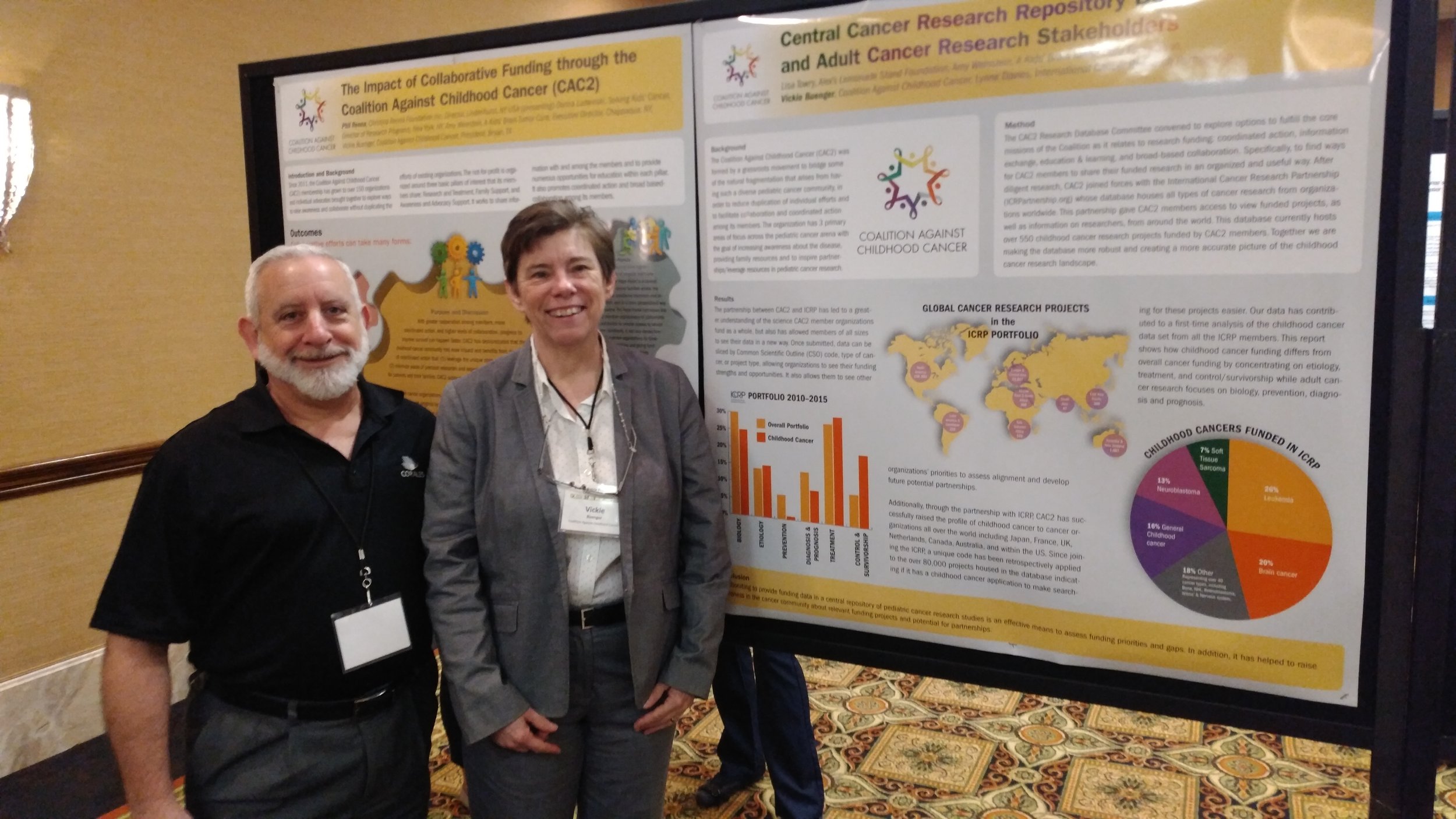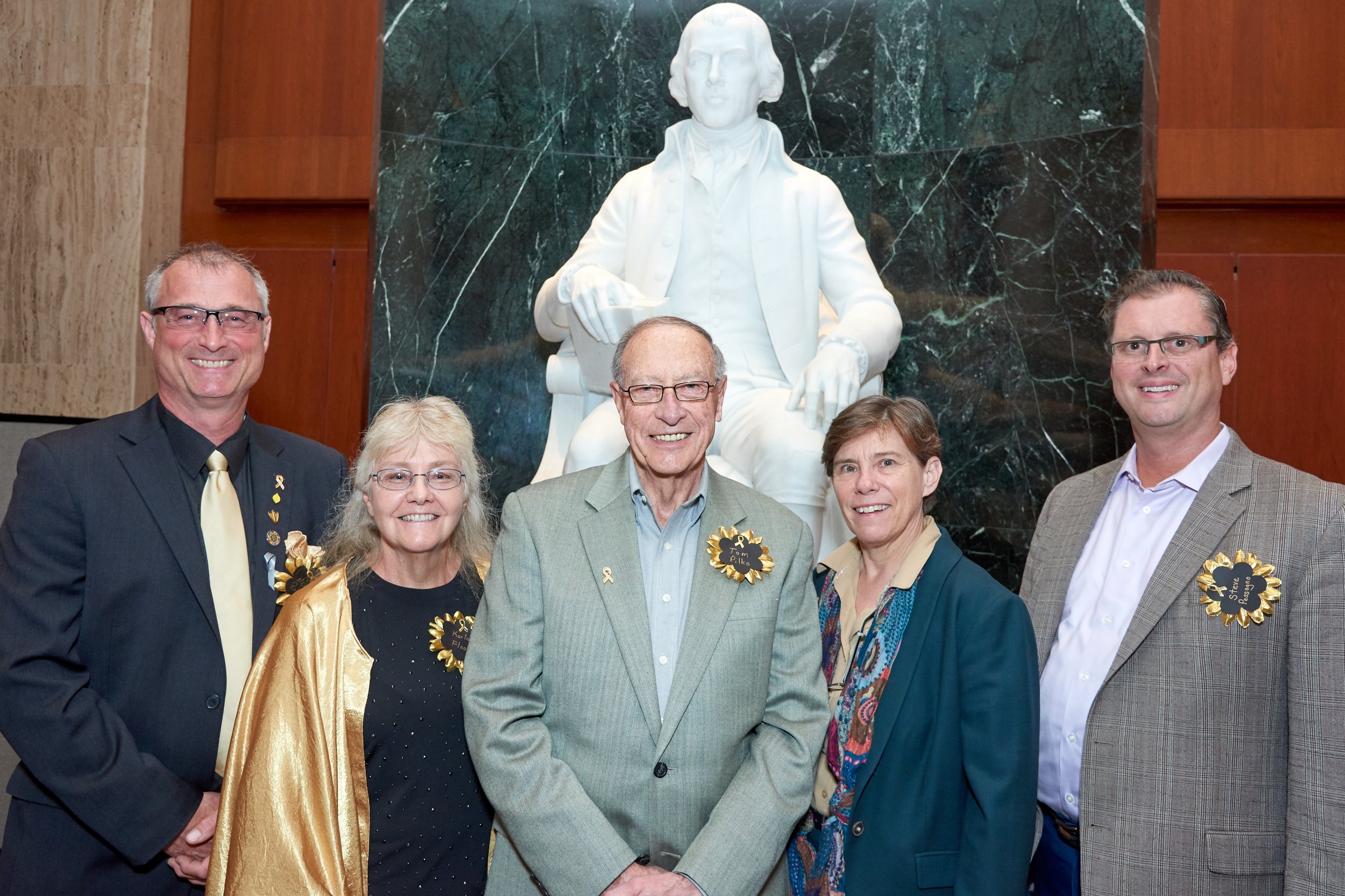Vickie Buenger:“The most important thing I have learned working in this community, is the power of putting our egos aside and working together on the thorniest problems”
After their daughter Erin passed away from cancer in 2009, Vickie Buenger and her husband chose to fulfill her wish and assist all childhood cancer organizations they could.
This led to the creation of CAC2, the Coalition Against Childhood Cancer, which unites the childhood cancer community through comprehensive, coordinated action and collaboration. CAC2 leverages the strengths and expertise of its members while minimizing duplication of effort. We spoke with Vickie about the organization's purpose, its achievements, and the remaining challenges in the realm of childhood cancer.
Check out more details below.
1. What led you to work for the cause of childhood cancer?
Our daughter Erin was diagnosed with neuroblastoma shortly after her fifth birthday. She died in 2009 after seven years of treatment. My husband and I chose not to start a charity foundation in her honor while she was alive nor in her memory after she died. Instead, we followed her guide. She always insisted that we help all the charities working for children with cancer, whether that meant hosting lemonade stands, holding our elected leaders accountable, doing fun runs, or spreading awareness.
After her death, I continued that approach. My professional expertise was academic with a specialization in competitive and cooperative strategy and project management. I also held a joint appointment in the professional program for biotechnology. I found a way to leverage that background by working with others to found the Coalition Against Childhood Cancer (CAC2), which supports organizations and advocates as they advance a variety of childhood cancer causes.
2. What is the main purpose of CAC2? What have been the most outstanding achievements of CAC2 over the years?
CAC2 unifies the childhood cancer community through broad-based coordinated action and collaboration that leverages the strengths and expertise of its members and minimizes duplication of effort. Through our project incubator we crafted and completed ten member-driven projects in the first ten years of our operation, including the Childhood Cancer Fact Library, the Hope Portal, and the CAC2 Survivorship Toolkit. We have also provided energy for the passage of ten pieces of national (US) legislation that are childhood or AYA cancer specific, including funding for them all.
3. Regarding access to treatment, diagnosis, and other aspects, what are the main advancements you've observed in recent years in the US?
Progress for children and teens with cancer has been uneven across the country and across the world. Some cancers are caught early and have therapeutic options that lead to high survival rates. Because of high rates of clinical trial enrollment, we have been able to learn what works and what doesn’t at a faster rate than in other diseases. Some of the newer technologies that harness patients’ immune systems or that can target the genetic makeup of tumor cells in a precise way, hold the promise of more durable, less toxic treatments. Through advocacy initiatives like the RACE Act, children are gaining access to the best science earlier than ever before.
4. What are the primary challenges or gaps related to childhood cancer that the US faces today?
Unfortunately, the progress promised by science and advocacy does not benefit all children. Around the world, children do not have access to effective therapies and the support systems that are necessary to assure good outcomes. Even in high income countries there are cancer diagnoses with extremely grim prognosis, such as certain brain tumors and certain sarcomas and high risk solid tumors. Additionally, the heavy doses of chemo and radiation on children to help them survive their cancer, carry a lifelong burden on their health and ability to thrive. An estimated 80 percent of survivors will experience chronic or life threatening conditions in the years following their treatment either because of their cancer or because of the lingering effects of their treatment regimen.
5. How could CCI contribute to addressing some of these challenges?
The most important thing I have learned working in this community, is the power of putting our egos aside and working together on the thorniest problems. To the extent that CCI can bring its members together to identify and prioritize problems and potential solutions and then pursue those solutions together with one voice, CCI can make a difference for children and teens and their families around the world.

